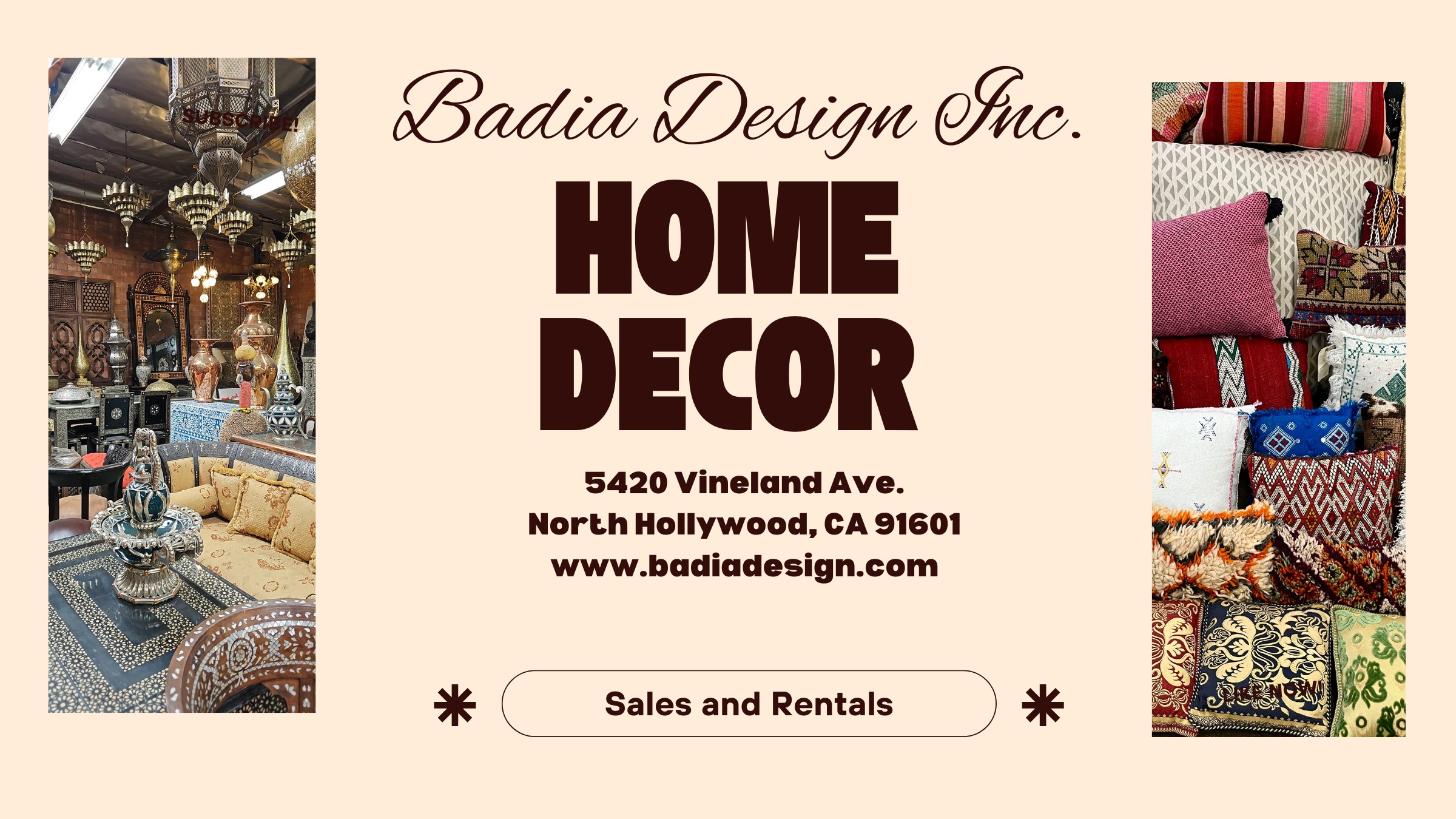Moroccan Berber Carpets
Moroccan Berber Carpets
Blog Article
Moroccan Berber Rugs: A Fusion of History, Artistry, and Timeless Elegance
These rugs have enchanted people across the globe with their deep cultural roots, intricate craftsmanship, and timeless design. These rugs can enhance any space, from a snug living area to a sleek office environment. In this article, we’ll explore the fascinating history of Moroccan Berber rugs, the meticulous craftsmanship behind their creation, their renowned durability, and creative ways to incorporate them into today’s interiors.
These rugs originated with the ancient Berber people of North Africa, dating back thousands of years. These indigenous groups, with their rich cultural heritage, crafted unique weaving methods to meet the demands of their migratory way of life and diverse climates.
Each Berber rug tells a story, often woven into the fabric unique to the tribe or family that created it. These symbols frequently represent protection, fertility, or the natural environment, making each rug a highly meaningful creation. Historically, these rugs were made for practical use, offering warmth in the cold Atlas Mountains or serving as bedding in arid environments.
During the 20th century, these rugs were popularized by architects such as Le Corbusier and Frank Lloyd Wright, who used them in renowned works. Now, these rugs are prized for their elegance and historical depth.
These rugs are created using time-honored techniques, maintained over many generations. It represents a harmonious fusion of ancestral knowledge and artistic skill.
These rugs are made from high-quality natural fibers, valued for their durability and softness. Wool stands out for being soft, strong, as well as for its check here natural warmth. The wool is usually spun by hand, resulting in a one-of-a-kind finish.
Berber rugs are handwoven on classic frames, a process that can take extensive time depending on the size and complexity of the design. The knots—whether Beni Ourain’s loose and shaggy texture or the tighter weave of Azilal rugs—define the rug’s durability and appearance.
Artisans rely on natural dyes from plants and minerals to produce the vivid tones seen in Berber rugs. Earthy tones such as beige, cream, and brown are common in Beni Ourain rugs, while Azilal and Boucherouite rugs showcase bolder colors like reds, blues, and yellows.
One of the most celebrated features of Moroccan Berber rugs is their exceptional durability. This makes them a practical investment for both residential areas and businesses.
The use of premium materials ensures that Berber rugs hold up over years of use. Wool’s natural flexibility and resistance to stains make it a perfect choice for lasting rugs.
Cleaning and maintaining a Moroccan Berber rug is relatively simple. Regular vacuuming, spot cleaning with mild detergent, and occasional professional cleaning will keep them looking pristine for years.
Tips for Styling Moroccan Berber Rugs in Modern Homes
Adding Moroccan Berber rugs to modern spaces is simpler than it seems. These rugs' adaptability allows them to suit various aesthetics, including minimalist and bohemian styles.
1. Anchor a Living Room
Use a large Beni Ourain rug as the centerpiece of your living room. Its neutral colors and simple geometric patterns can tie together various design elements while adding a sense of warmth and comfort.
2. Add Color to Neutral Spaces
In minimalist or neutral spaces, a colorful Azilal or Boucherouite rug can add a bold, eye-catching accent. They are ideal for subdued settings, acting as the central highlight.
3. Layer Rugs for Texture
To create a warm, layered look, place a smaller Berber rug atop a larger rug made from natural fibers like jute or sisal. This pairing enhances texture and emphasizes the unique patterns of the Berber rug.
4. Enhance Workspace Aesthetics
Moroccan Berber rugs are perfect for adding elegance and warmth to professional spaces, including offices and lounges. The artisanal craftsmanship of these rugs radiates authenticity and refinement.
5. Use as Wall Art
Certain Moroccan Berber rugs are so beautiful that they function wonderfully as wall art. Hanging a rug on the wall can add a unique touch to your home or business, showcasing the craftsmanship and cultural heritage of the piece.
Why Moroccan Berber Rugs Are a Wise Investment
For both homeowners and businesses, Moroccan Berber rugs represent a blend of practicality, aesthetics, and cultural significance. These rugs are built to last, and their classic designs remain relevant despite evolving decor trends.
Sustainability and Ethical Production
Berber rugs are often made with environmentally responsible and sustainable techniques. By investing in these rugs, you’re not only enhancing your space but also supporting traditional artisans and their communities.
Why Berber Rugs Gain Value Over Time
Vintage or unique Moroccan Berber rugs tend to grow in worth over the years. These rugs serve as both decorative items and investment-worthy collectibles.
 Report this page
Report this page